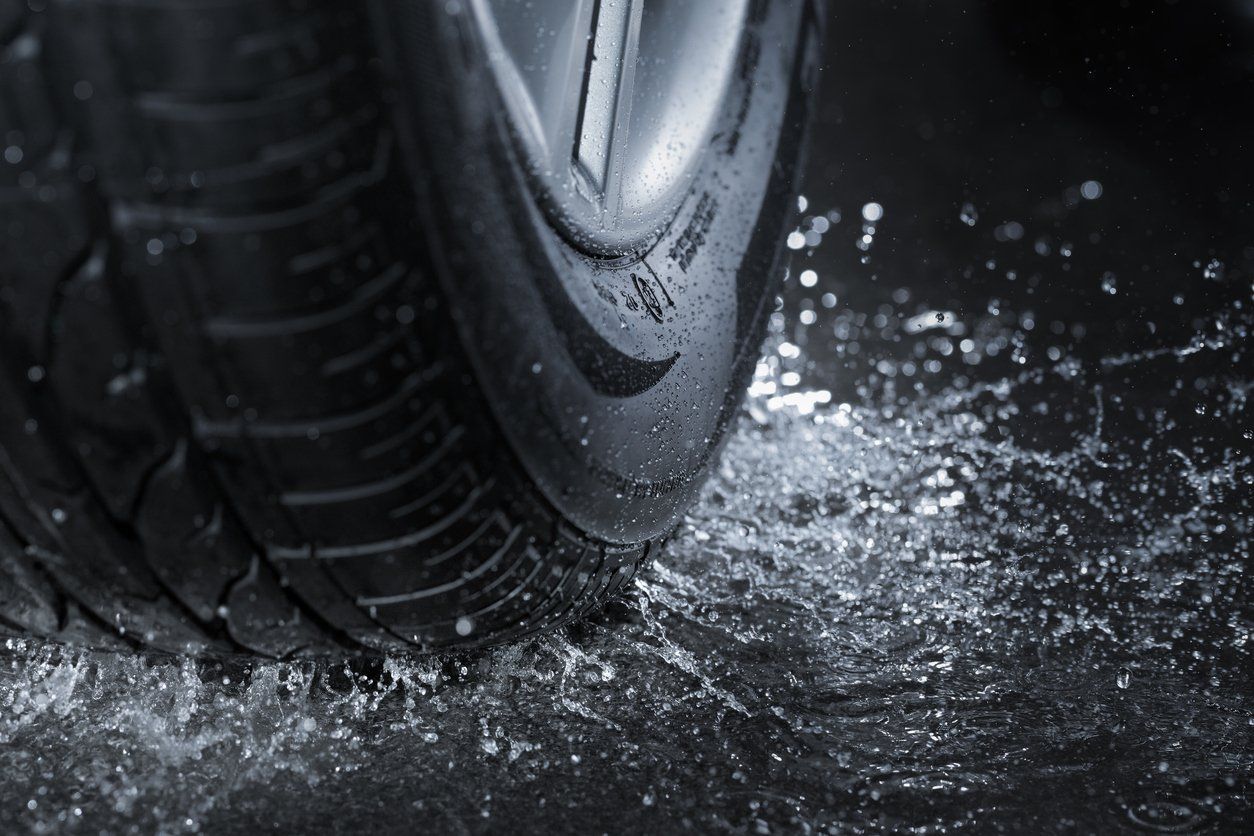Anders Automotive Provides Common Signs of Suspension Problems
Suspension problems are common after accidents (even ones with no other visible damage) or wear and tear. They are particularly common if you are dealing with snow, excessive numbers of potholes, driving across railroad tracks, etc. Suspension problems can become expensive or dangerous very quickly, so if you see any of these symptoms, you should call a mechanic right away before the damage gets worse:
1. Your car is pulling to one side.
On a straight, level road, if you drop the wheel your car should keep going in a straight line. This is not always a suspension problem. It can also be caused by poor alignment, uneven tire pressure or brake issues. Check your tires for wear. If your tire pressure checks out and you still experience pulling, then you should get your alignment and suspension checked.
This could also indicate an issue with the steering rack. You might also find that replacing the front tires solves the problem if you are dealing with excessive wear. Avoid driving for an extended period with an underinflated tire as it will cause wear and shorten the life of your tires.
2. The ride has become rougher.
Your suspension system is supposed to smooth out the bumps in the road for you. If you are feeling every single bump, it is not doing that job. One way to check is the bounce test. Lean on the hood with your entire weight, release, and count how many times the car bounces. It should not be bouncing more than three times. Excessive bouncing is generally caused by a worn shock absorber or a worn leaf spring in trucks.
3. Diving, rolling, or squatting.
Diving means leaning forward when you brake, squatting is leaning backward when you accelerate and rolling is moving from side to side when cornering. If you notice this is happening, again, try the bounce test. These things can happen if you are really pushing your car, but not during normal driving.
4. Sitting low in one corner.
If one corner of your car is lower than the others, you probably have a damaged spring. You might be able to hear it if that wheel hits a bump or a pothole. Like pulling to the side this can also be caused by uneven tire inflation, so check that first. Then try the trunk test. Lean your entire weight on the trunk and listen. Any creaking or squealing indicates a spring problem.
Check right away and don’t wait until your car is practically touching the highway. Don’t forget that trucks are actually supposed to sit a little bit nose down when the back is empty, to allow for weight. If your truck is level, you may have a worn leaf spring.
5. Oil or fluid on your shock absorbers.
When shock absorbers leak they tend not to create a puddle, but you may see obvious grease or oil on the outside of the shock absorber or strut. You should do a visual check at regular intervals – check with your dealer or mechanic for best practices for your vehicle.
6. Difficulty steering, especially at low speeds.
This could also indicate a problem with your power steering system. Either way, you should get your car checked right away. Not being able to steer properly is extremely dangerous. Your mechanic will check for power steering problems, which can include low fluid levels, a worn belt, a faulty pump, a leaking rack or worn control arm bushings. Often your car will feel like it is slipping when you turn the wheel.
Suspension problems can rapidly become problems controlling the vehicle and can also cause damage to your tires and even the body of your car, so they should be checked quickly. Most suspension problems are not a DIY fix and you should contact a mechanic right away. If you need help with your suspension in Kansas City, then contact Anders Automotive today.



Quick Links
Our Location
1017 Merriam Ln
Kansas City, KS 66103



All Rights Reserved | Anders Automotive
Web Design by Tekkii


